 Yesterday we kicked off our Naturally Frugal Essential Oils series with the first part of The Basics–a list of common questions and information needed before we can use essential oils wisely. There is just so much information, that even boiling it down to a very simple form, it is just too much to fit into one post. This is part two of The Basics, covering more of the day to day usage of essential oils.
Yesterday we kicked off our Naturally Frugal Essential Oils series with the first part of The Basics–a list of common questions and information needed before we can use essential oils wisely. There is just so much information, that even boiling it down to a very simple form, it is just too much to fit into one post. This is part two of The Basics, covering more of the day to day usage of essential oils.
How do we use essential oils?
First, it is important to know your oil before you use it. At one point I believed an oil is just an oil. But what I learned was that not all essential oils are created equal. The chemical makeup of an essential oil can vary widely because of several factors: lower quality plants, plants grown with pesticides or GMOs, plants harvested at the wrong time or grown in the wrong location and many other factors. You can read my Beginner’s Guide to Buying Essential Oils to learn more about what I look for when choosing an oil, and where I buy mine.
There are five main ways to use them.
Topically. This is one of the two most popular ways to use essential oils. You can apply essential oils to your skin, which will absorb them directly into your body. Some oils may be applied neat, directly onto the skin, but most experts recommend diluting the oil with some form of carrier oil. Usually with a 1:1 ratio–as in one drop of lemon oil mixed with one drop of carrier oil. Each oil has its own recommendations, so be sure to read those on the side of the bottle to make sure you are applying it correctly. The most popular places to apply essential oils to the skin are on the feet, on the neck or on the wrists. The skin in those areas absorb oils quickly and there is a large amount of blood flow to those areas of the body, meaning they oils can be in your system very quickly.
Diffused. If you’ve never seen a diffuser before, think of a stylish humidifier. They hold a small amount of water, to which you add a few drops of your essential oils. They then diffuse the water and oil into the air in fine particles so that the oils may be easily inhaled and airborne germs can be killed. This is great for use with health issues, like colds, flu, etc. It is also very popular as an all-natural air-freshener. Many also find that using essential oils in a diffuser changes and improves their moods. I use oils for focus and attention every day in our homeschool room. When I have a migraine I use a diffuser with lavender and peppermint oil to stop it in its tracks. Diffusers should always be a cool mist–never use a warm humidifier or heated method of diffusing essential oils–this destroys and alters many of their health-improving properties.
Inhaled. While diffusing and inhaling are similar, they work differently. Inhaling is a quicker, more direct way to experience the oils’ power. Simply put, you place the oil somewhere that you can inhale the vapors from it. My favorite is to place a single drop (one drop is all you need!) in the palm of my hand, rub them together, then cup them over my nose and mouth. Then breathe deeply. This is great for quick action with oils like peppermint and lavender, for congestion or headaches.
Internally. Some people take the oils internally, some do not. If you do, there are three main ways you can take them. The first is to add it to a little water and drink it down. I personally love a drop each of orange and grapefruit oils in sparkling water. Peppermint oil tastes good too! (Just remember that oil and water do not mix, so you will need to add the oil to something first, like a small amount of sugar, honey or salt, to blend the oil and then blend those into the water.) The second common way to take them internally is to put them in a cellulose capsule, and swallow them like a pill. You can purchase empty capsules on Amazon and online. Third, many people use essential oils for flavorings in foods–lime hummus, peppermint brownies, orange fudge, and so on!
Ingredient. Most people are introduced to essential oils through a homemade cleaning or beauty product, often through a meme or pin on Pinterest. That was how I was introduced, back when I had MRSA on my hand–I used tea tree oil in soap to help defeat it. For a long time that was the only way I used essential oils–in soaps, in lotions, as cleansers, in laundry detergent, etc. I will be sharing a lot of my favorite recipes during the 31 Days series. Essential oils are powerful cleansers, but they also have powerful properties for skin care and other beauty uses. I can’t wait to share all of those with you!
How should essential oils be stored?
Essential oils should be stored in a cool, dark place. They can be degraded by exposure to heat or light, so keep them away from warm spots or sunlight. This is why most oils are bottled in dark glass, to prevent light from altering or degrading the oils. Also, never add oils that are meant for use in or on the body into any kind of plastic container. Glass is the preferred method of storage. Why? Because essential oils are powerful enough that they can and will eat through the petroleum in plastics and styrofoam. Some essential oils will react with metals like aluminum, so they are not recommended.
Many people store their oils in their bathrooms. While this is convenient, if your bathroom is smaller and frequently steamy from hot water, I would recommend finding a different place to store your oils. I have a spot on my dressing table in my bedroom where I store my collection of oils. I also have some in the kitchen, inside one of the cabinets.
Last but not least, if you have young children in the house, please store your oils up out of their reach. Not all oils are safe for ingestion, and most do not have childproof caps on them. You don’t want to take that risk of them wanting to “play” with your oils.
What do the different grades of oils mean on the bottles?
Clinical Grade. Certi5. Certified Pure Therapeutic Grade. What do these all mean? Nothing. Truly, they mean nothing. All of these are labels made up by the companies that use them, to make it seem like their oils are better than any of the others. There is no certified board overseeing all of these terms. Most of the terms used like that are created by the marketing team at an oil company, and then trademarked by the same oil company. It is clever marketing, but ultimately meaningless.
So how do you know whether you are buying a quality oil? That is where a little research comes in handy. There are clues and signs you can look for to find a quality oil that you can trust. I explain it more in depth in my Beginner’s Guide to Buying Essential Oils, but I chose Young Living after a lot of research because have the experience and the size to control the process from start to finish. They own their own farms and have an openness to their entire process that I really respect. Whatever brand you choose, there are two main types of oils you need to be aware of: perfume grade and therapeutic grade. Most essential oils produced today are perfume grade. They are manufactured and standardized (adulterated) for use in industries. They are bought and sold by bulk dealers to large manufacturers and bottlers. With the essential oils business market growing at such a rapid rate, many companies are jumping on the essential oil bandwagon–be very cautious of this. Many are simply buying their oils from bulk dealers and bottling them with their own labels on them. Pure for therapeutic use (often referred to as therapeutic grade) usually refers to a different type of oil. These are raised and processed specifically for use in aromatherapy and on our body. I wish it was as simple as just looking for the words ‘pure’ or ‘therapeutic’ on the label–but sadly, as I pointed out above, there is no one monitoring the use of those words so you cannot judge by that alone. I look for terms like “not for internal use” or “do not ingest” for clues that the oils may not be pure and unadulterated. In the end, finding a brand you can trust is key.
Last, as I learned when I went looking for cheaper oils, pay attention to what is IN the bottle. Single oils should not be diluted with a carrier oil; they should be 100% pure essential oil. Frankincense from the health food store is cheaper than it is from someone like Young Living–but there is a reason for that. Frankincense is a resin, an expensive one at that. It’s production is costly. To find a cheaper frankincense meant I was usually getting a bottle of 20% Frankincense and 80% carrier oil. No thank you. I would rather have the 100% pure essential oil, so that I am in control of the blend and the process. I get more for my money that way. I was shocked how much more effective my oils were when I began buying from Young Living versus my cheaper store-bought oils. It is much more cost efficient, because I use less now.
Okay, I think you’re up to speed! Ready to get started? For the next month I will be sharing all of the great ways I have found to use essential oils to save money and live healthier. Up tomorrow: Hair Care!
In the meantime, if you want to learn more about essential oils, here are a few other resources you can check out:
- Our Naturally Frugal Essential Oils group on Facebook, where we share questions and testimonies about our experiences
- This post talks about why I chose Young Living essential oils, and how you can order them for yourself–and save 24% when you do!
- My 14 day FREE ecourse on essential oils is full of great information to help you get started!

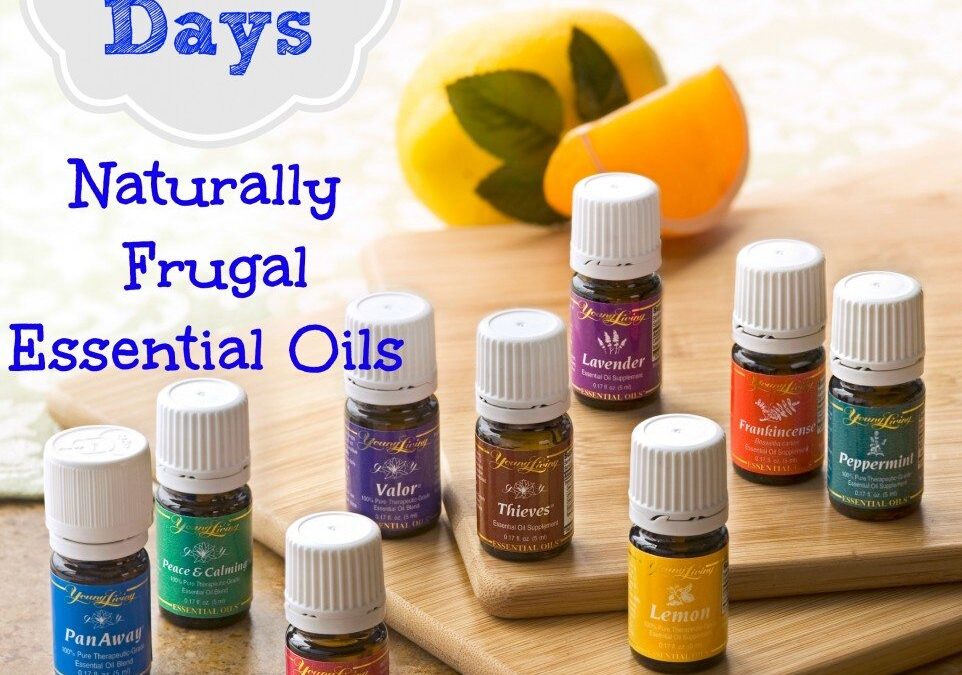






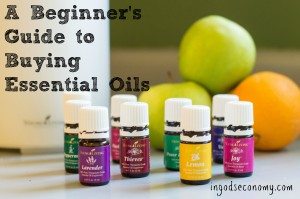

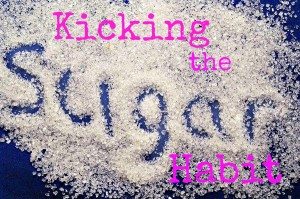
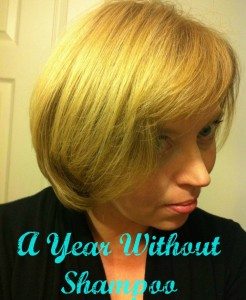
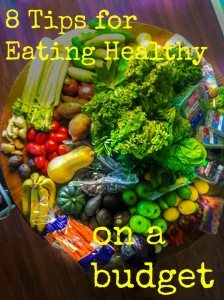
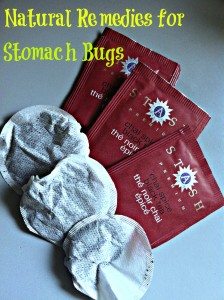


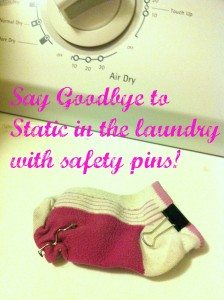

You must be logged in to post a comment.